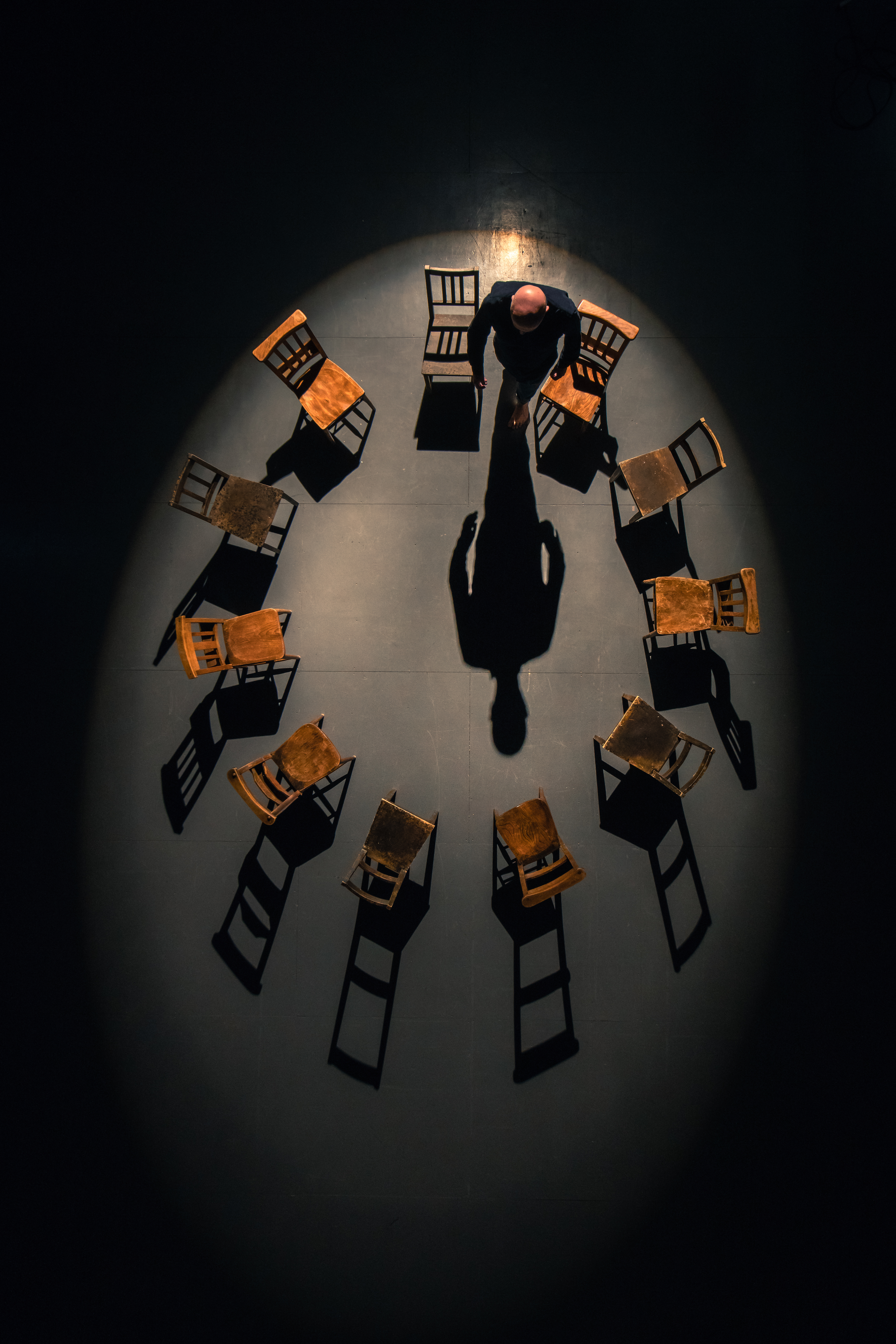In Svengali’s fur coat: the legacy of Trilby in James Joyce’s Ulysses
DOI:
https://doi.org/10.13133/2239-1983/18071Abstract
George Du Maurier’s Trilby (1894) forms part of the Late Victorian dramatic afterlife in James Joyce’s Ulysses (1922). Reading Ulysses in light of the legacy of Trilby reveals yet another layer of the composite palimpsest that forms Joyce’s literary universe. In her well-known soliloquy, Molly Bloom remembers attending a performance of Trilby (1895) at the Gaiety with Herbert Beerbohm Tree in the role of evil Svengali. Trilby O’Ferrall, a singer and model, forms part of Molly’s repertoire of dramatic references and informs Joyce’s impression of womanhood. Moreover, Leopold Bloom appears in “Circe” enveloped in Svengali’s fur overcoat. In Ulysses, Svengali’s fur coat seems to point at a hidden, paternal legacy: the Jewish outcast of Trilby might in fact be read as the most theatrical among the forefathers of the Jewish outcast of Ulysses. Thus, under the legacy of Svengali, “Circe” appears as Joyce’s elaboration of theatre as a site of alter-native jurisdiction.
Published
Versions
- 2022-06-28 (2)
- 2022-06-28 (1)
How to Cite
Issue
Section
License
Gli autori che pubblicano su questa rivista accettano le seguenti condizioni:- Gli autori mantengono i diritti sulla loro opera e cedono alla rivista il diritto di prima pubblicazione dell'opera, contemporaneamente licenziata sotto una Licenza Creative Commons - Attribuzione che permette ad altri di condividere l'opera indicando la paternità intellettuale e la prima pubblicazione su questa rivista.
- Gli autori possono aderire ad altri accordi di licenza non esclusiva per la distribuzione della versione dell'opera pubblicata (es. depositarla in un archivio istituzionale o pubblicarla in una monografia), a patto di indicare che la prima pubblicazione è avvenuta su questa rivista.
- Gli autori possono diffondere la loro opera online (es. in repository istituzionali o nel loro sito web) prima e durante il processo di submission, poiché può portare a scambi produttivi e aumentare le citazioni dell'opera pubblicata (Vedi The Effect of Open Access).


